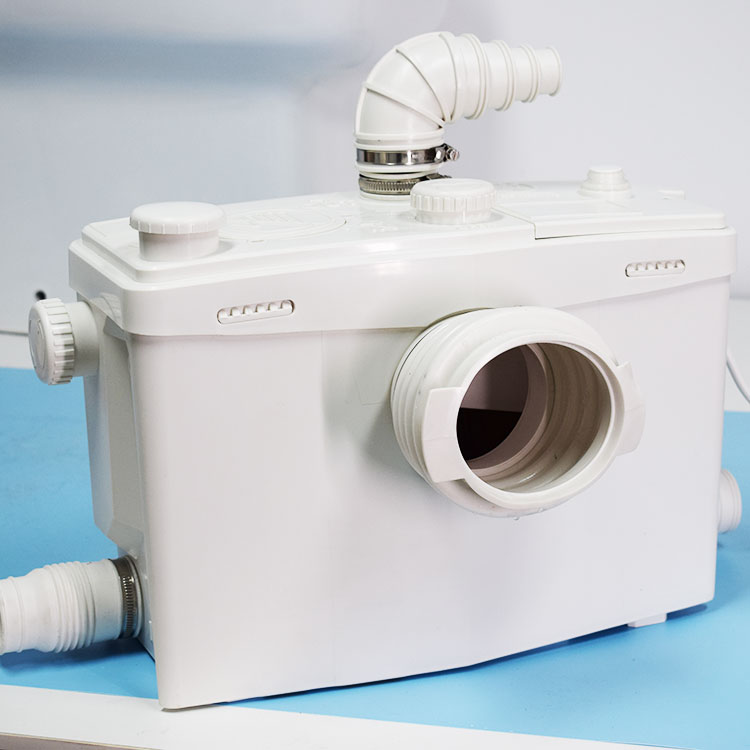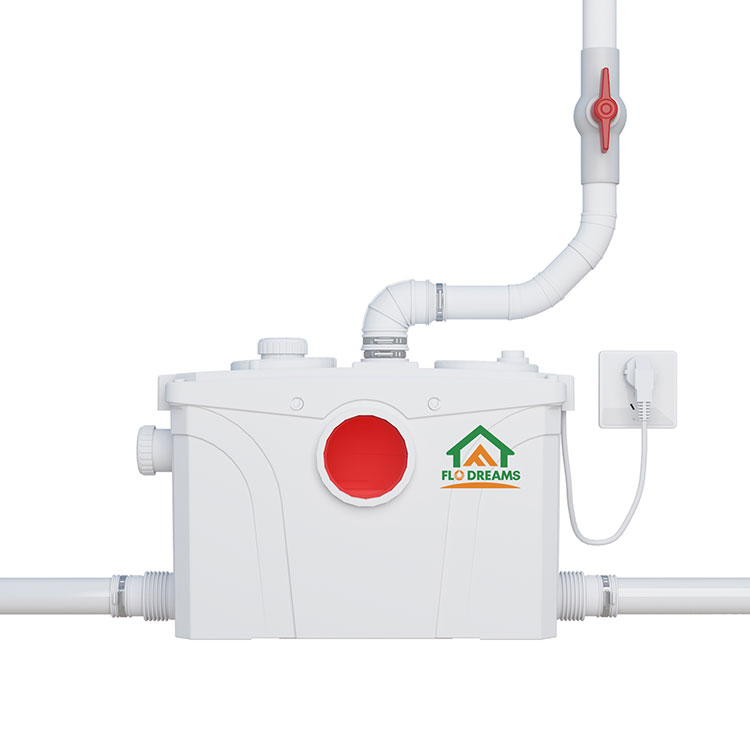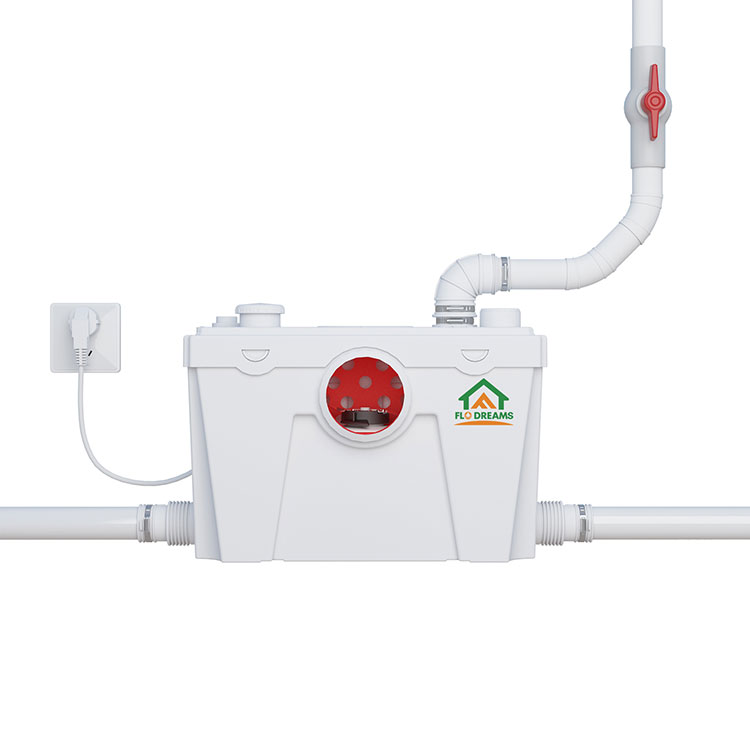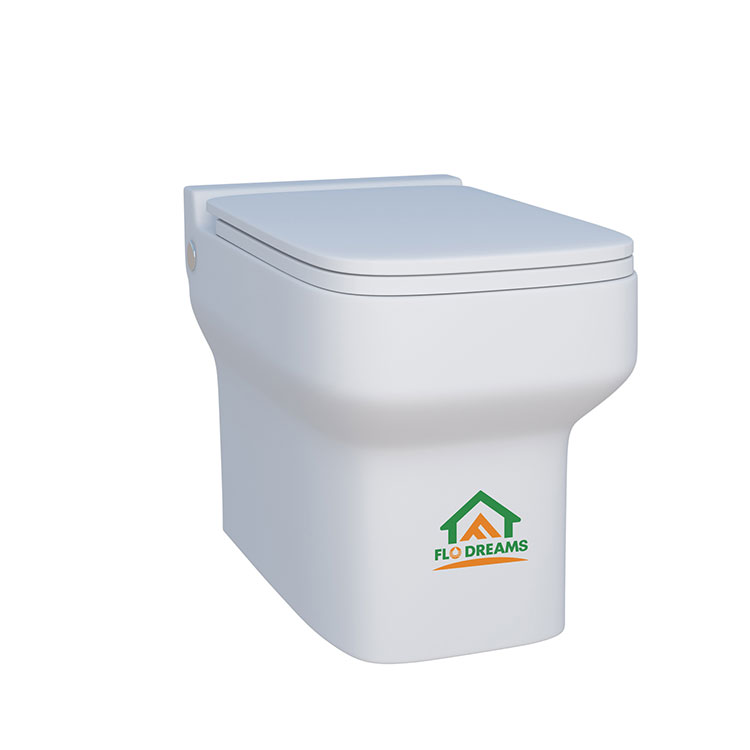In order to understand how a macerator toilet works, it's important to first understand how traditional marine toilets work. These toilets rely on gravity to get rid of waste and use a valve to separate the waste from the fresh water supply. When a user flushes the toilet, the contents go directly into the holding tank.
A macerator toilet, on the other hand, uses an electric motor to shred the waste into tiny pieces before it's sent to the holding tank. The motor drives a rotating blade that chops up the solid waste and flushes it through the system. The resulting slurry is then pumped into the holding tank.
Macerator toilets are usually quieter than traditional marine toilets, since they use electric motors instead of water pressure to transport waste. They're also ideal for boats without access to a traditional gravity-fed waste system, or for boats traveling in rough seas where traditional toilets may not work properly.
In addition to their convenience and efficiency, macerator toilets also offer environmental benefits. The process of shredding the waste into small pieces can help reduce odor and minimize the risk of clogs in the system. Once the waste is in the holding tank, it can be pumped out in a safe and responsible manner.
Overall, a macerator toilet is a reliable and effective option for marine vessels of all sizes. Whether you're taking a weekend cruise or embarking on a longer journey, having a macerating toilet onboard can help ensure that your trip is more comfortable and worry-free.
 English
English  Español
Español  Português
Português  русский
русский  Français
Français  日本語
日本語  Deutsch
Deutsch  tiếng Việt
tiếng Việt  Italiano
Italiano  Nederlands
Nederlands  ภาษาไทย
ภาษาไทย  Polski
Polski  한국어
한국어  Svenska
Svenska  magyar
magyar  Malay
Malay  বাংলা ভাষার
বাংলা ভাষার  Dansk
Dansk  Suomi
Suomi  हिन्दी
हिन्दी  Pilipino
Pilipino  Türkçe
Türkçe  Gaeilge
Gaeilge  العربية
العربية  Indonesia
Indonesia  Norsk
Norsk  تمل
تمل  český
český  ελληνικά
ελληνικά  український
український  Javanese
Javanese  فارسی
فارسی  தமிழ்
தமிழ்  తెలుగు
తెలుగు  नेपाली
नेपाली  Burmese
Burmese  български
български  ລາວ
ລາວ  Latine
Latine  Қазақша
Қазақша  Euskal
Euskal  Azərbaycan
Azərbaycan  Slovenský jazyk
Slovenský jazyk  Македонски
Македонски  Lietuvos
Lietuvos  Eesti Keel
Eesti Keel  Română
Română  Slovenski
Slovenski  मराठी
मराठी  Srpski језик
Srpski језик 





